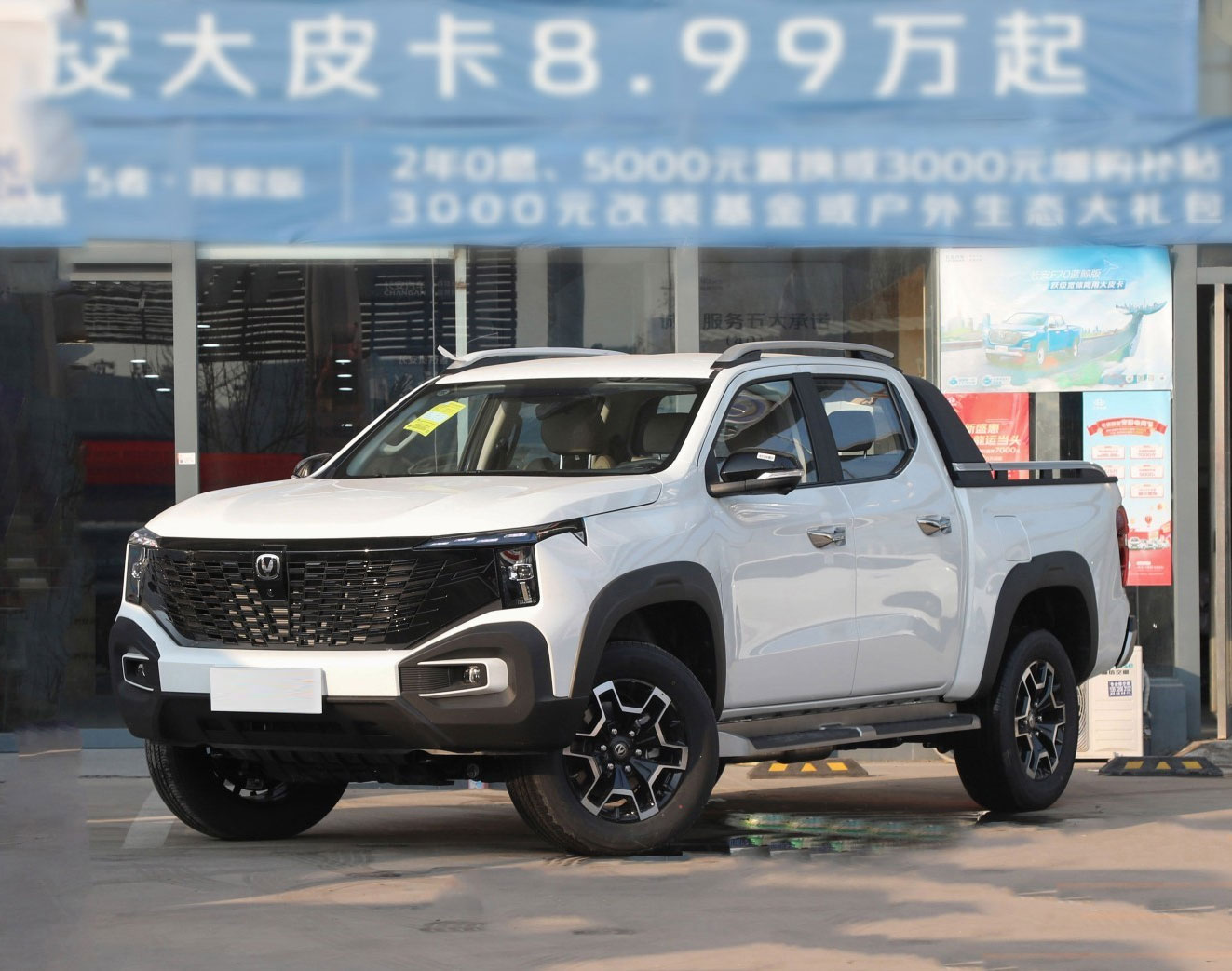Where Brutalism Meets Futurism
The Hunter’s exterior masterfully balances muscular presence with contemporary elegance. Its boundless digital grille—a signature Changan design element—features a hexagonal mesh pattern that seamlessly blends with the bodywork. Flanked by T-shaped LED daytime running lights, the front fascia projects both sophistication and rugged capability .
From the profile, Hunter’s purposeful stance becomes evident. The 220mm ground clearance underscores its off-road credentials, while the 5,380mm length (short-bed variant) positions it squarely in the midsize pickup category. Practical touches abound: black wheel-arch moldings shrug off trail debris, integrated side steps ease cabin access, and the roof rails expand cargo-carrying versatility. The bed measures 1,600mm long, 1,595mm wide, and 500mm deep—dimensions competitive with segment leaders .
At the rear, vertically stacked taillights provide excellent visibility, while the three-section tailgate offers flexible loading options. Some owners note that the optional tow hitch appears somewhat exposed, suggesting room for aesthetic refinement .
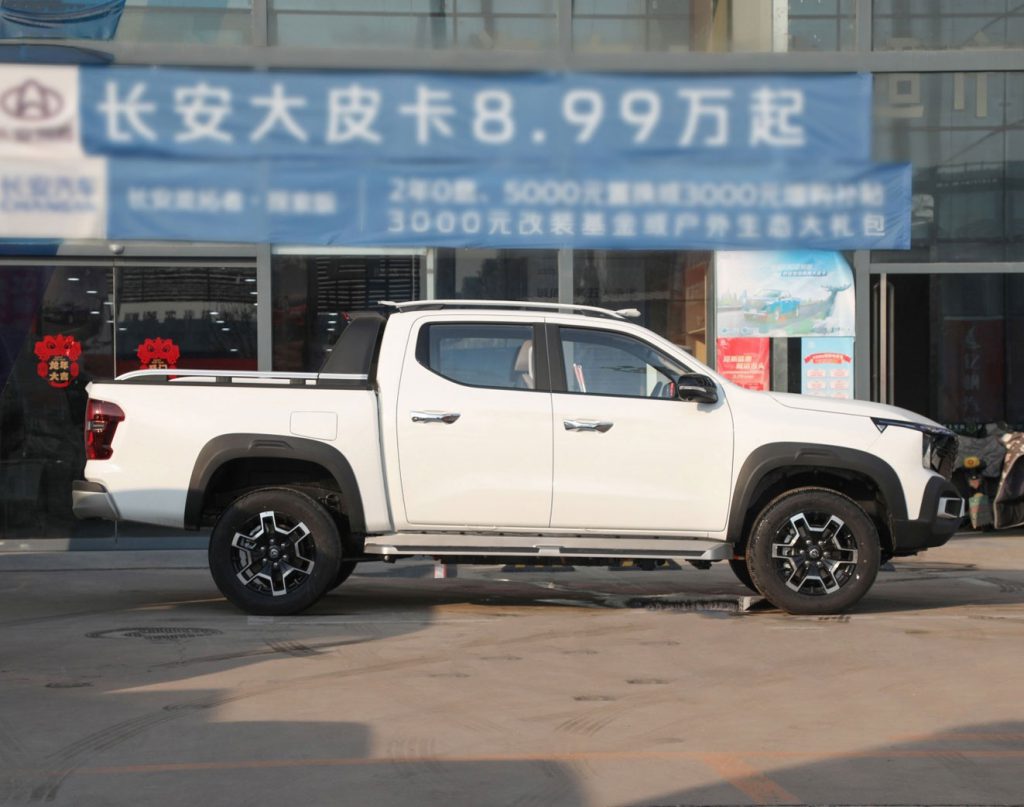
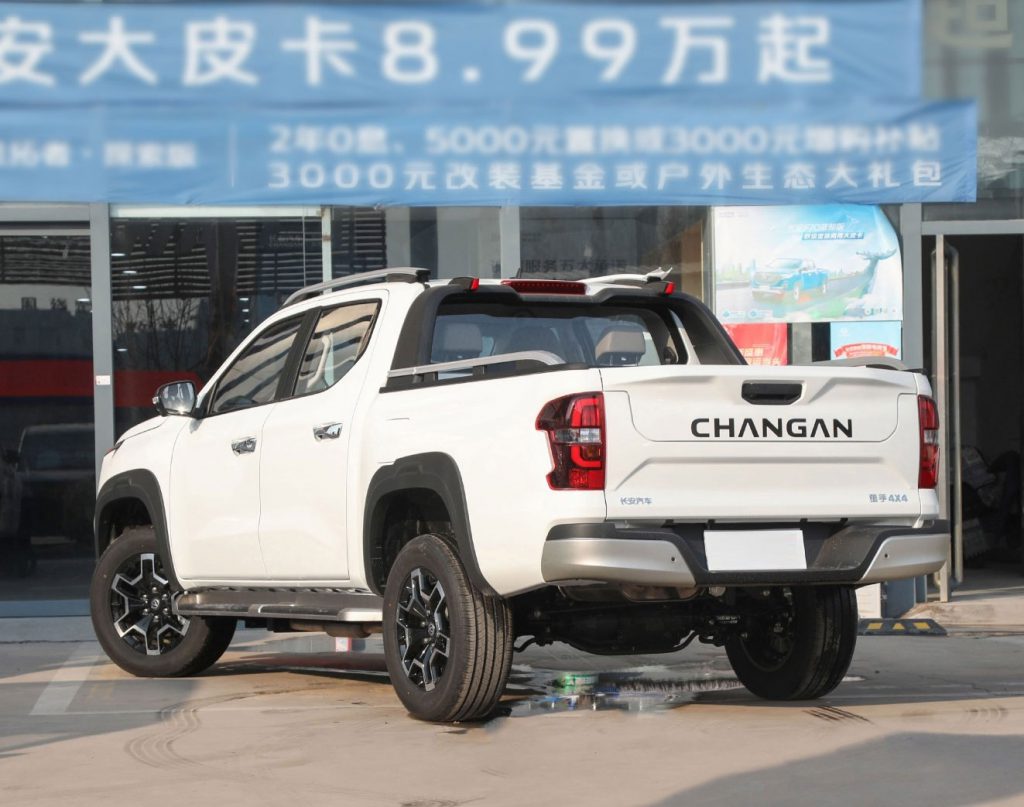
Electrified Muscle
Beneath its sculpted hood lies Hunter’s revolutionary core: a JL486ZQ6 2.0L turbocharged range extender paired with twin electric motors. This innovative architecture delivers performance that humbles conventional diesel rivals while sidestepping range anxiety—the Achilles’ heel of pure electric trucks .
Performance Specifications:
Combined Motor Output: 200kW (272hp) / 470N·m
Acceleration (0-100km/h): 7.9 seconds
Electric-Only Range (CLTC): 180km
Total Range (CLTC): 1,031km
Battery Capacity: 31.18kWh (LFP)
DC Fast Charging: 30 minutes (0-80%)
The front (70kW) and rear (130kW) motors enable intelligent all-wheel drive, automatically distributing torque based on terrain. During testing, this system conquered 45-degree inclines and crossed axes with remarkable composure. “The rear differential locks almost instantly when wheels slip,” observed one off-road enthusiast during an obstacle course trial .
Energy efficiency remains a highlight. Official figures indicate a fuel consumption of just 7.9L/100km in range-extending mode—approximately 30% lower than comparable diesel trucks. Real-world data from owners shows slight variations: around 8.5L/100km in city driving and 9L/100km during highway cruising at 100km/h .
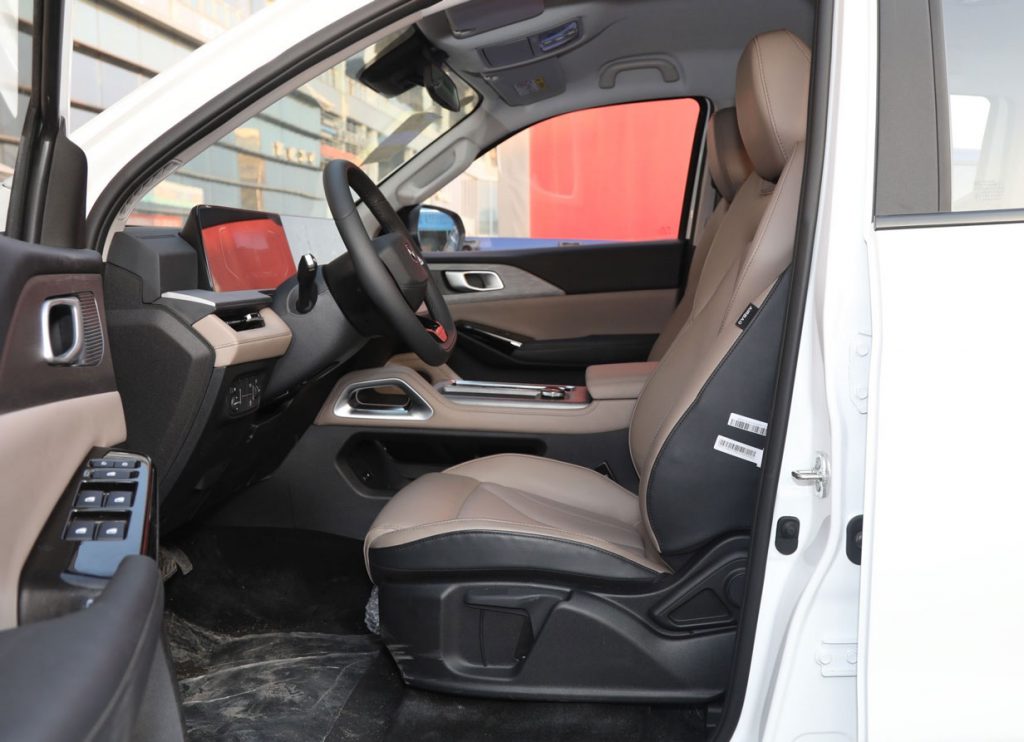
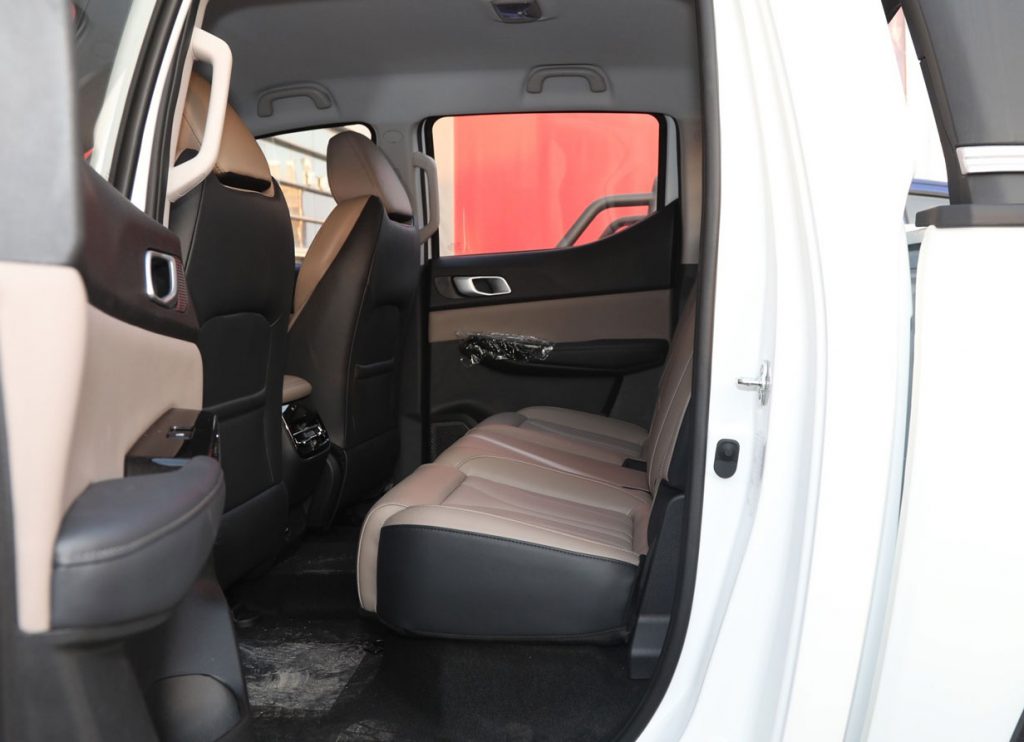
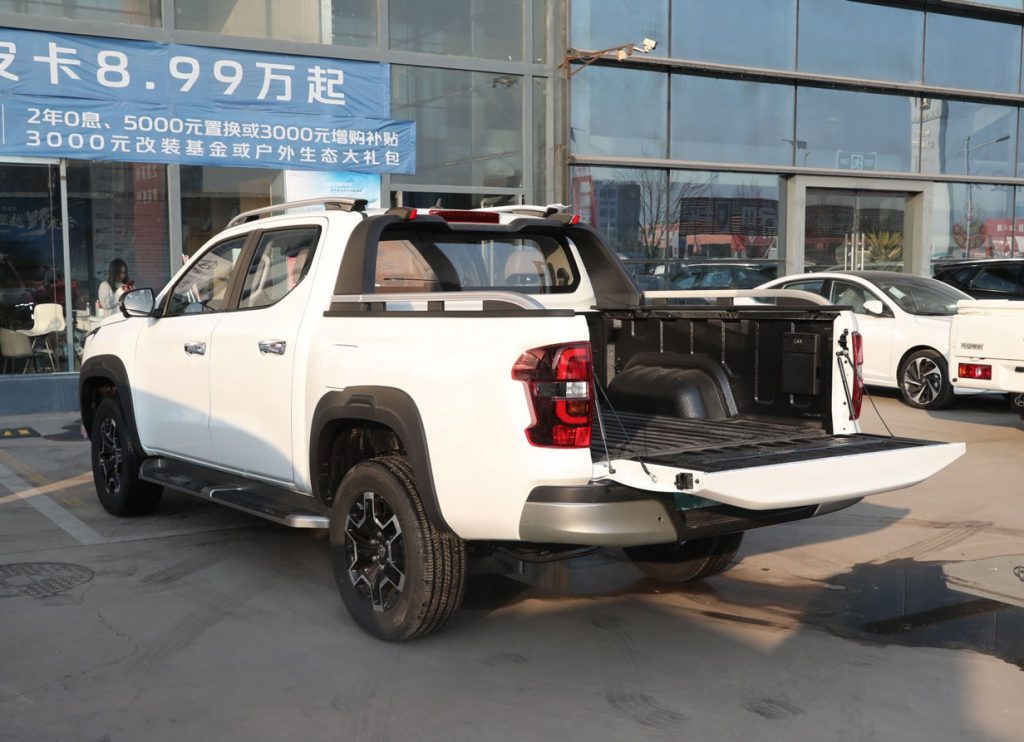
Workhorse Meets Wellness
Step inside, and the Hunter shatters pickup stereotypes. The panoramic dual 12.3-inch displays dominate a dashboard that wouldn’t look out of place in a luxury SUV. Soft-touch surfaces, contrast stitching, and metallic accents create an environment far removed from utilitarian truck cabins .
Ergonomics impress with thoughtful touches:
Column-mounted gear selector freeing console space
50W wireless charging pad (fast enough for quick top-ups)
Multi-layer dash storage for toll cards and small items
Four USB ports (front and rear)
Heated front seats with generous cushioning
The synthetic leather seats earn particular praise. “After six hours behind the wheel, my back still feels fine—something I can’t say about my old pickup,” shared an owner who regularly traverses long distances .
Technology integration is mostly successful, with voice recognition controlling navigation, climate, and entertainment functions. The 4G-connected system supports over-the-air updates and remote app control. However, several reviewers noted occasional voice command misinterpretations and interface lag—areas needing refinement .
Where the Knight Edition falters slightly is advanced driver assistance. While it includes a 360-degree camera system (essential for maneuvering this sizable truck), L2 autonomous features like adaptive cruise are notably absent. Safety provisions are adequate but not class-leading, with dual front airbags and standard electronic stability control .
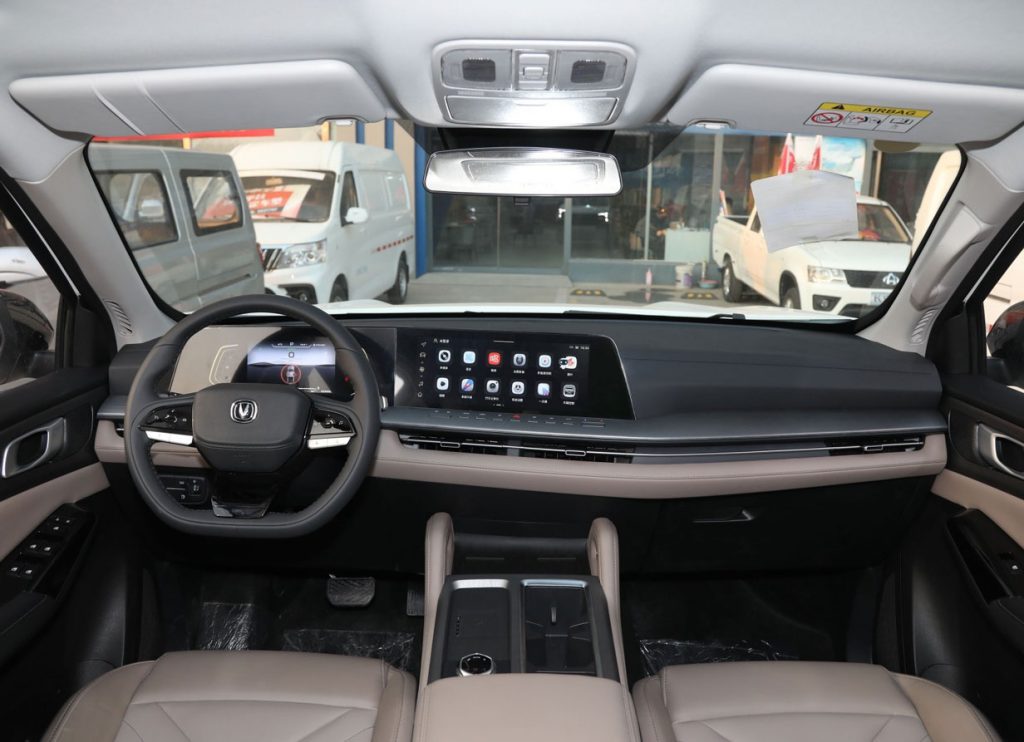
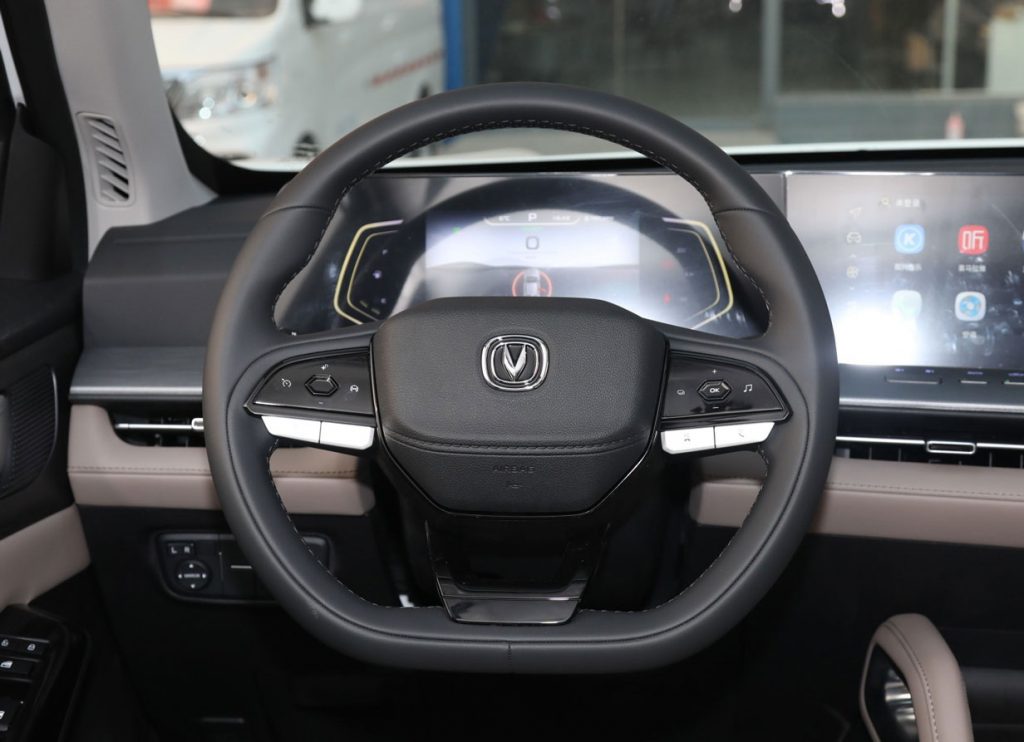
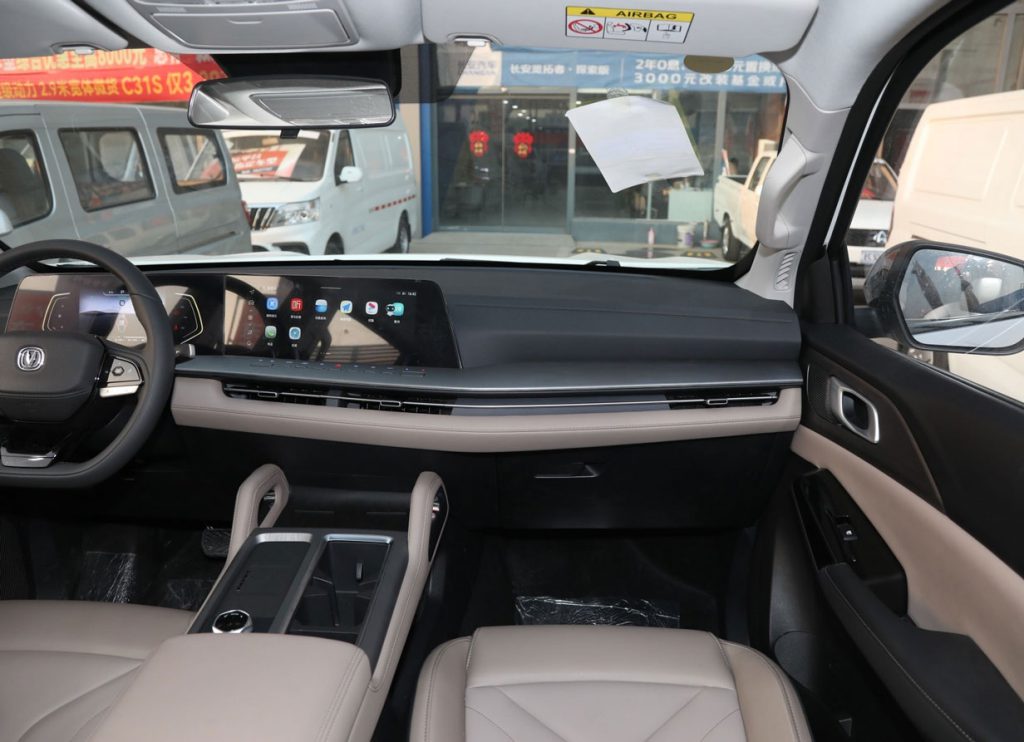
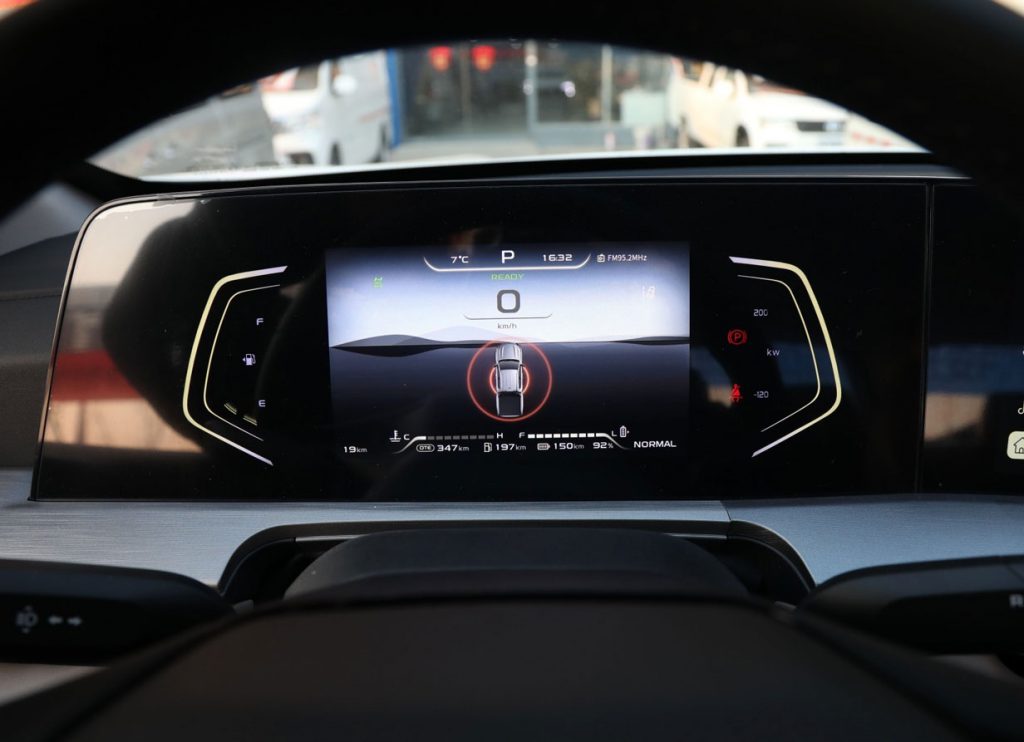
Electric Refinement Meets Mechanical Grit
Behind the wheel, the Hunter delivers revelations. In urban settings, pure electric mode provides serene progress. Instant torque delivery makes stoplight launches startlingly energetic, while regenerative braking minimizes pedal transitions. The steering feels unexpectedly light at low speeds—a welcome trait during parking maneuvers .
On highways, the 2.0L range extender activates almost imperceptibly. Wind noise becomes noticeable above 100km/h, but the powertrain remains remarkably subdued. One owner documented a 380km journey with four passengers and tools: “Averaged 8.5L/100km with air conditioning running—smooth throughout despite depleted batteries.”
Off-road performance surprises with its competence. The combination of 29-degree approach and 26-degree departure angles enables serious trail work. During testing, the “triple lock” system (front, rear, and center differentials) proved decisive on cross-axle obstacles, automatically redistributing torque to wheels with traction. The rigid ladder frame handled twisting forces admirably, though all-terrain tires would better exploit its potential than the standard highway-oriented rubber .
Charging flexibility enhances usability. Using DC fast chargers, drivers can replenish 80% charge in 30 minutes—perfect for lunch breaks. The included 3.5kW AC charger requires approximately 10 hours for a full charge, making overnight replenishment practical .
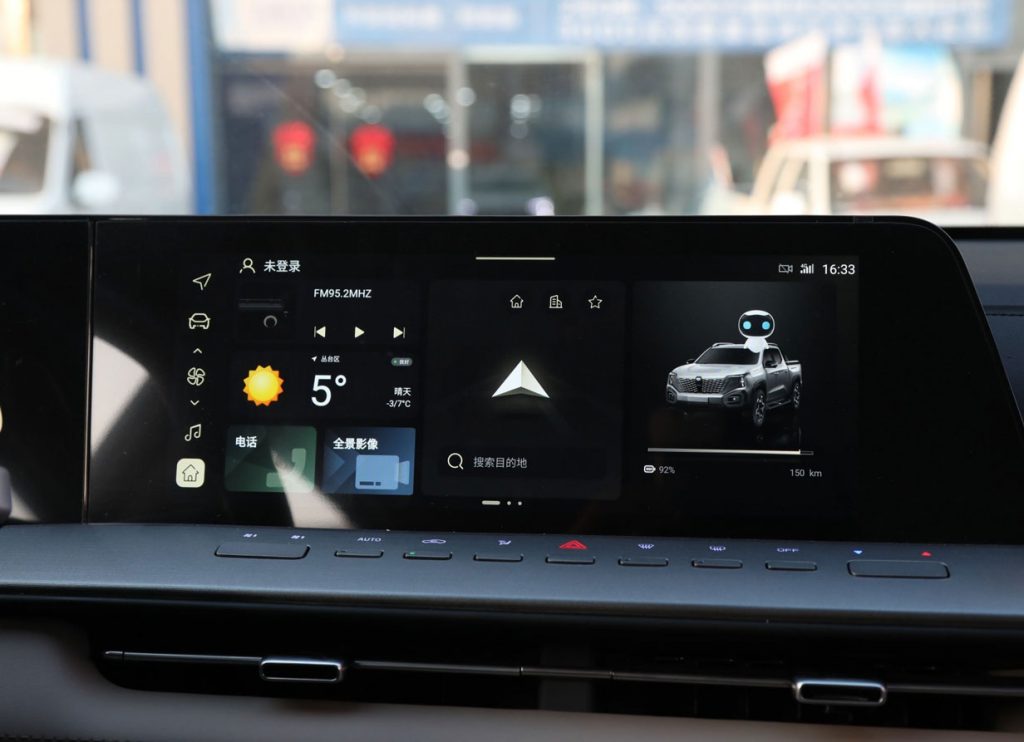

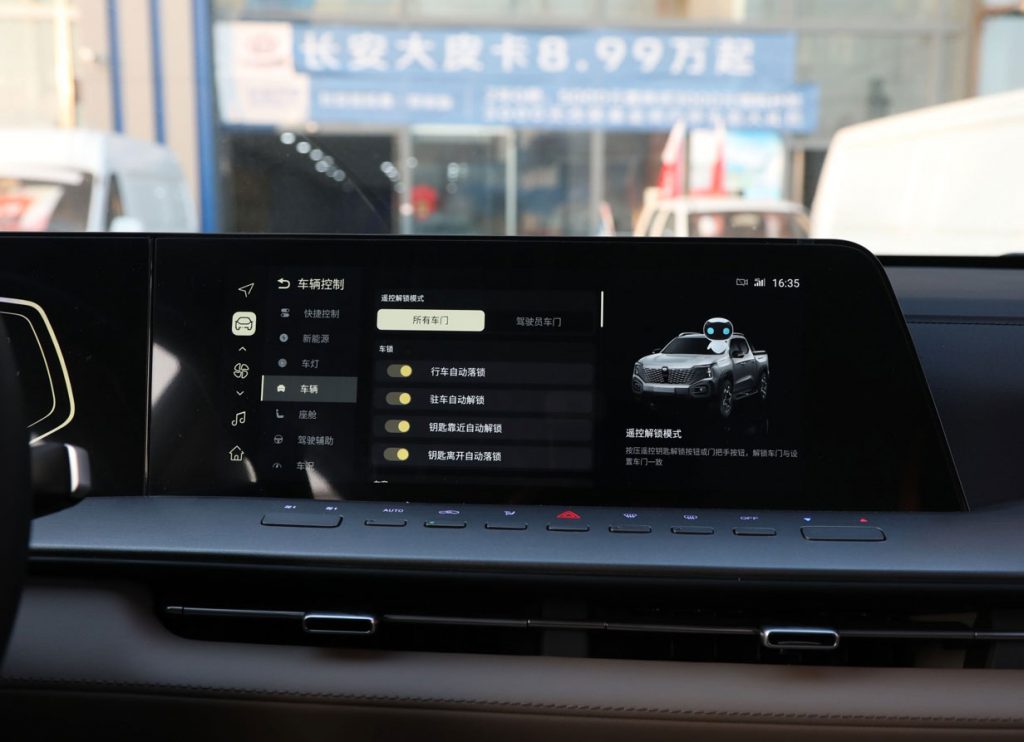
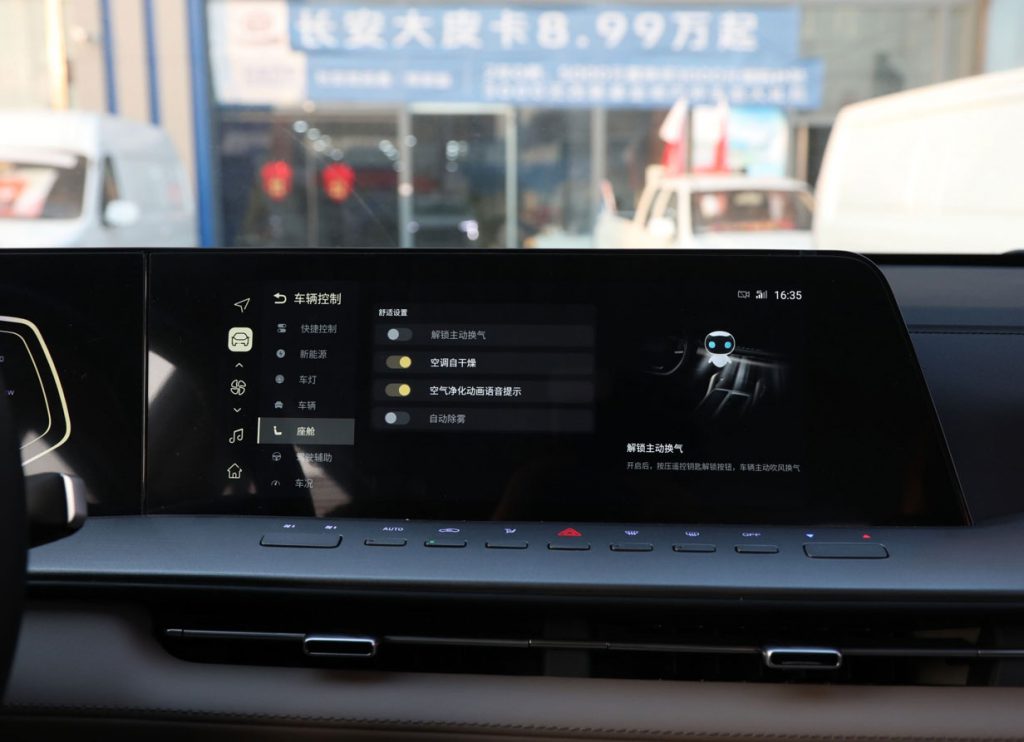
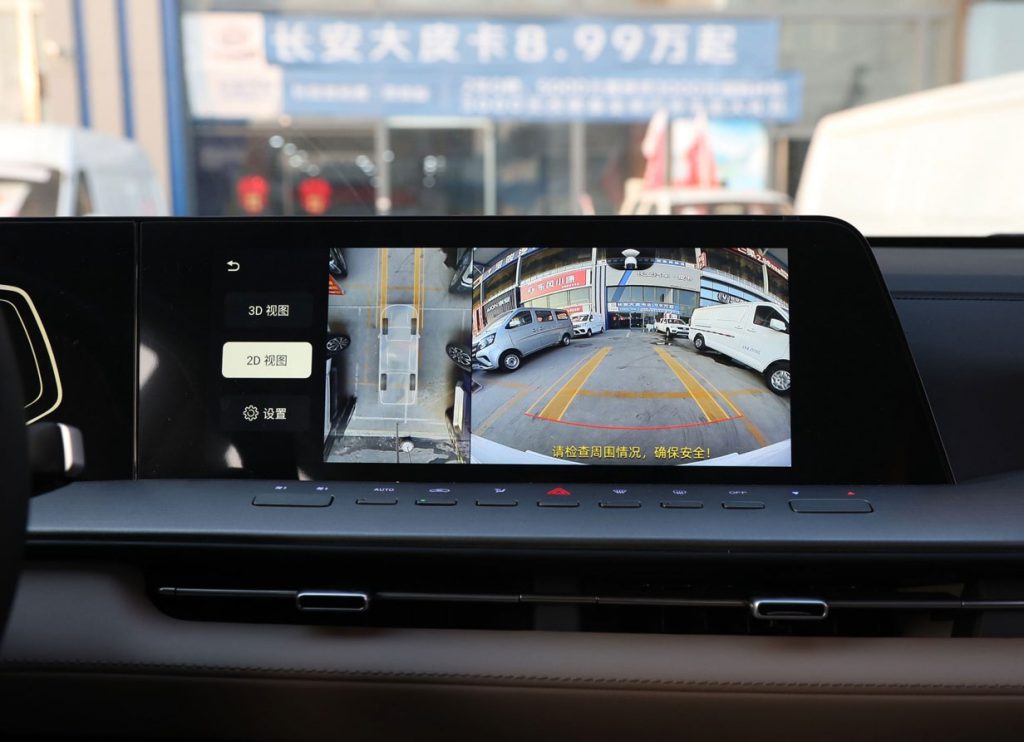

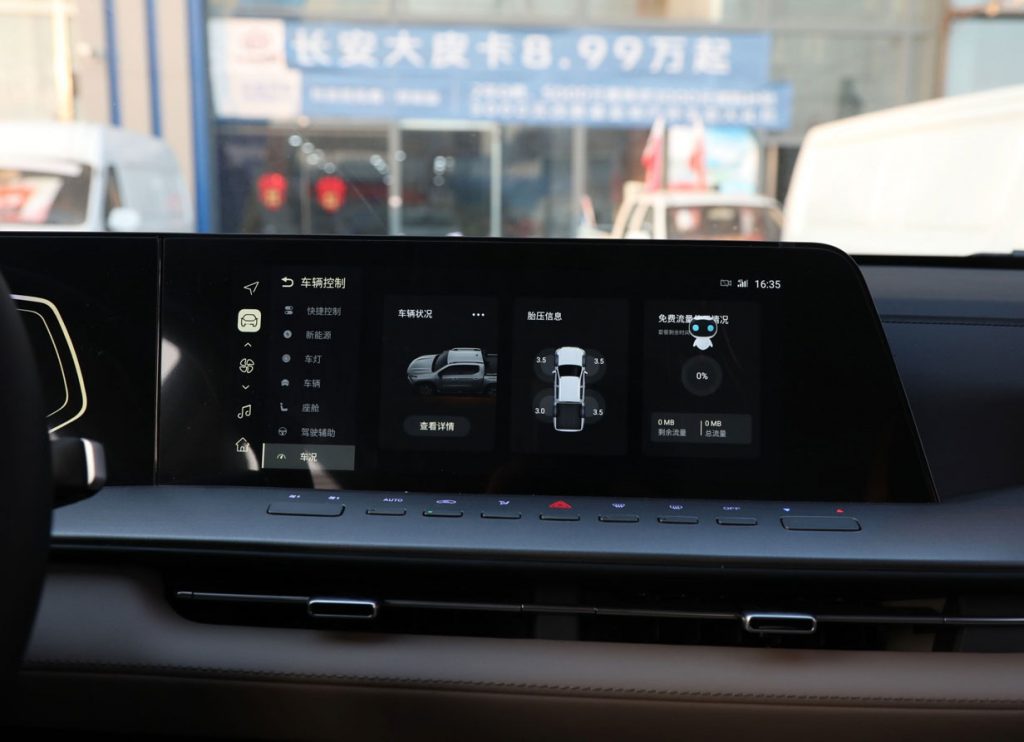

Disrupting the Establishment
Hunter enters a market traditionally dominated by diesel-powered workhorses like the Great Wall Poer and JMC Vigus. Against these established players, Hunter’s advantages are multifaceted:
Key Competitive Edges:
Performance Superiority: 470N·m torque outperforms most 2.3L-3.0L diesel rivals
Operating Economy: 40% lower running costs than comparable diesel trucks
Refinement: Near-silent EV operation and reduced vibration
Environmental Compliance: Zero-emission capability for urban zones
Utility Innovation: 3.3kW V2L enables mobile worksite/leisure applications
When compared with pure electric alternatives like the Geely Radar RD6, Hunter’s extended-range architecture eliminates “range anxiety”—particularly crucial for rural users and long-haul drivers. The RD6’s 384N·m maximum torque also falls short of Hunter’s 470N·m output .
Pricing strategy positions Hunter attractively. The dual-motor 4WD Knight Edition retails around ¥173,900 ($24,000), with owner feedback indicating actual transaction prices closer to ¥160,000 ($22,000) after incentives—narrowing the gap with similarly equipped diesel competitors .
Verdict: The Pickup Paradigm Shift
The Changan Hunter Knight Edition isn’t merely a new vehicle—it’s a compelling argument for redefining what pickups can achieve. By merging electric propulsion’s refinement with uncompromised utility, it delivers a uniquely versatile solution.
No dealer quotes available at the moment
